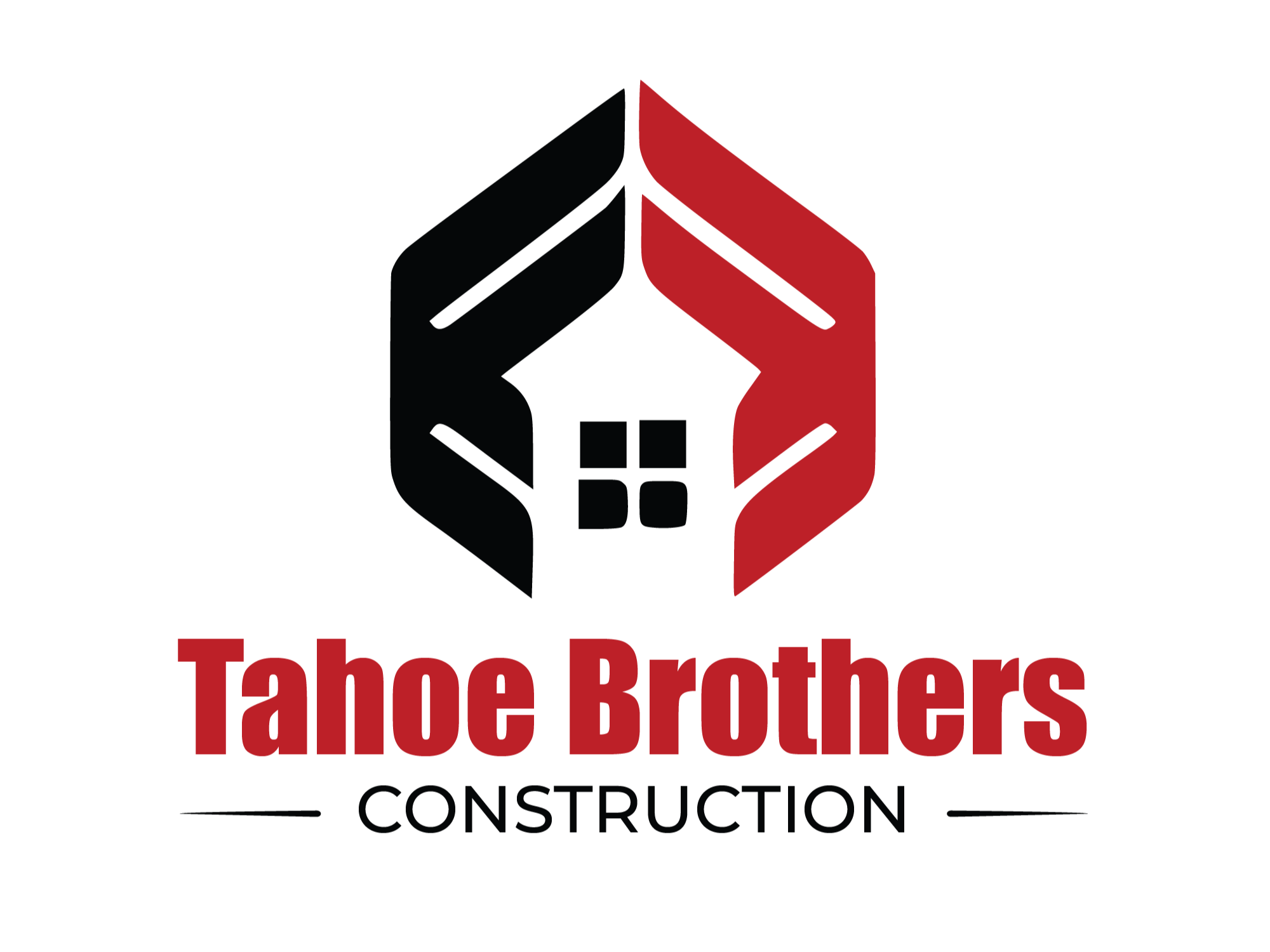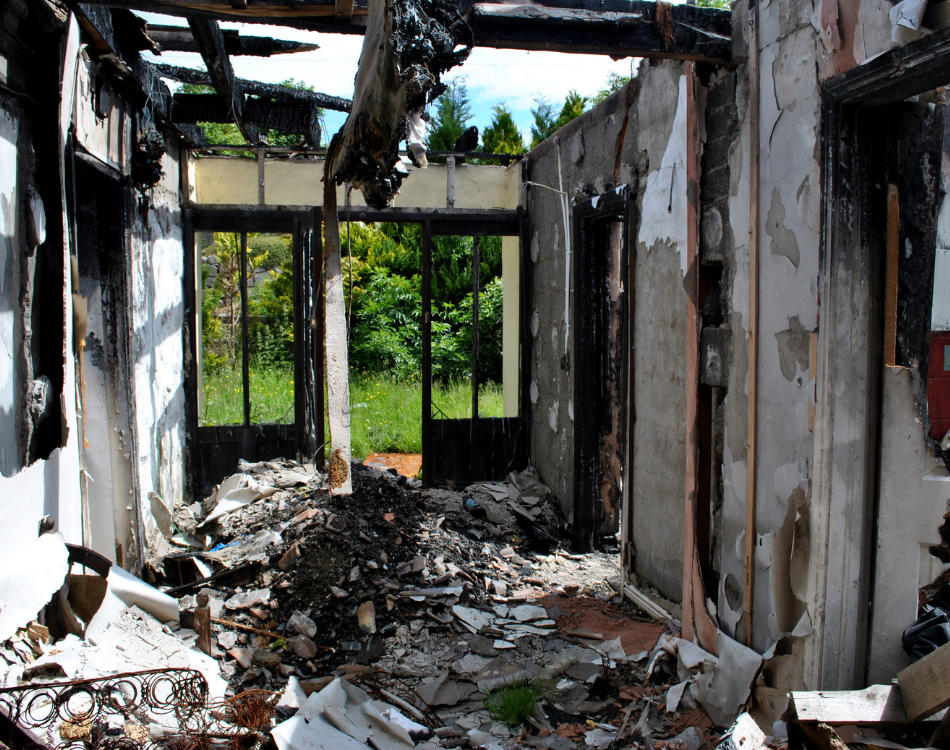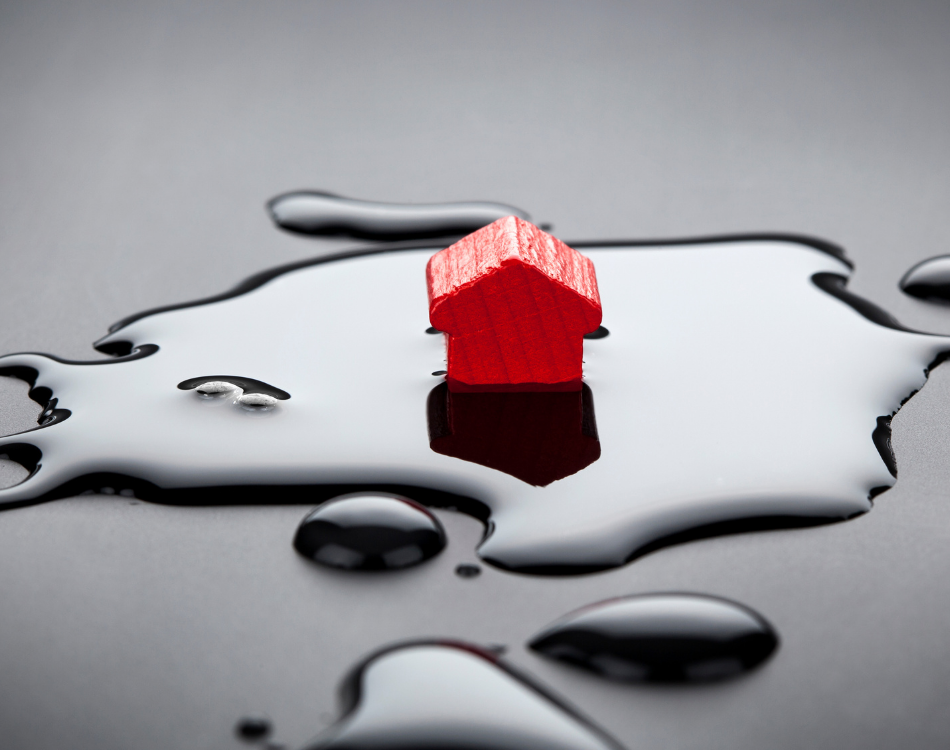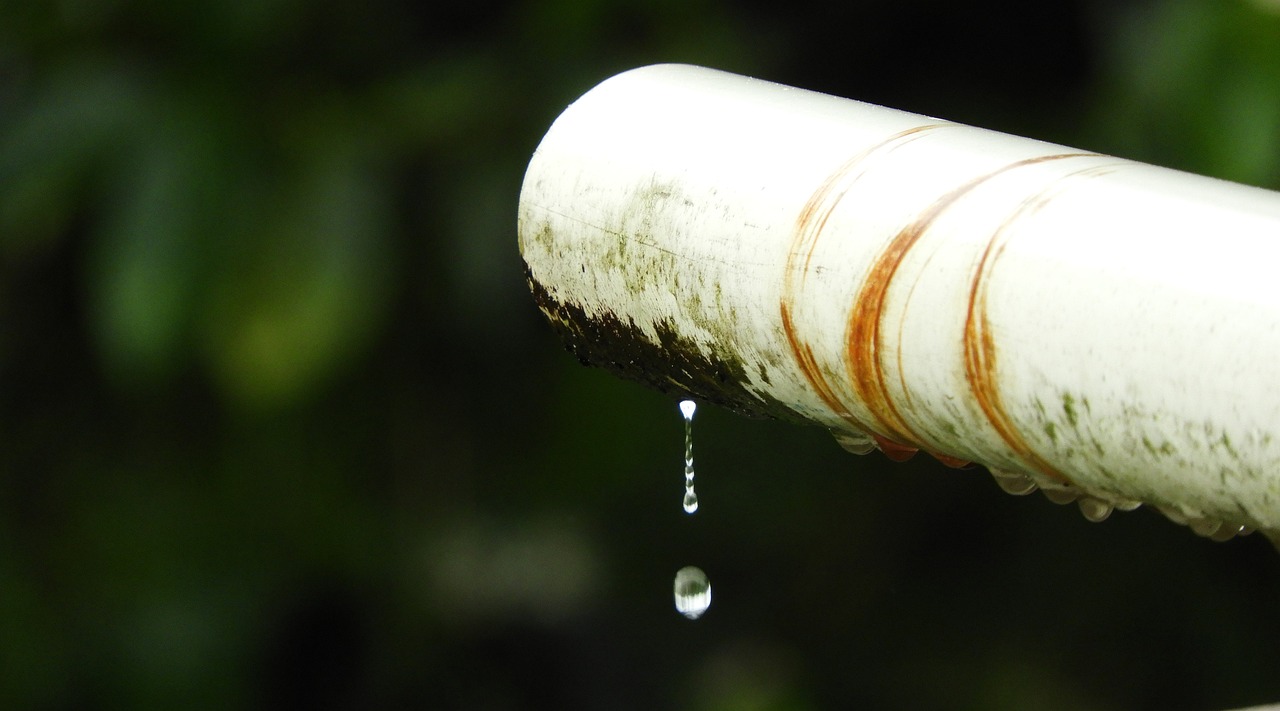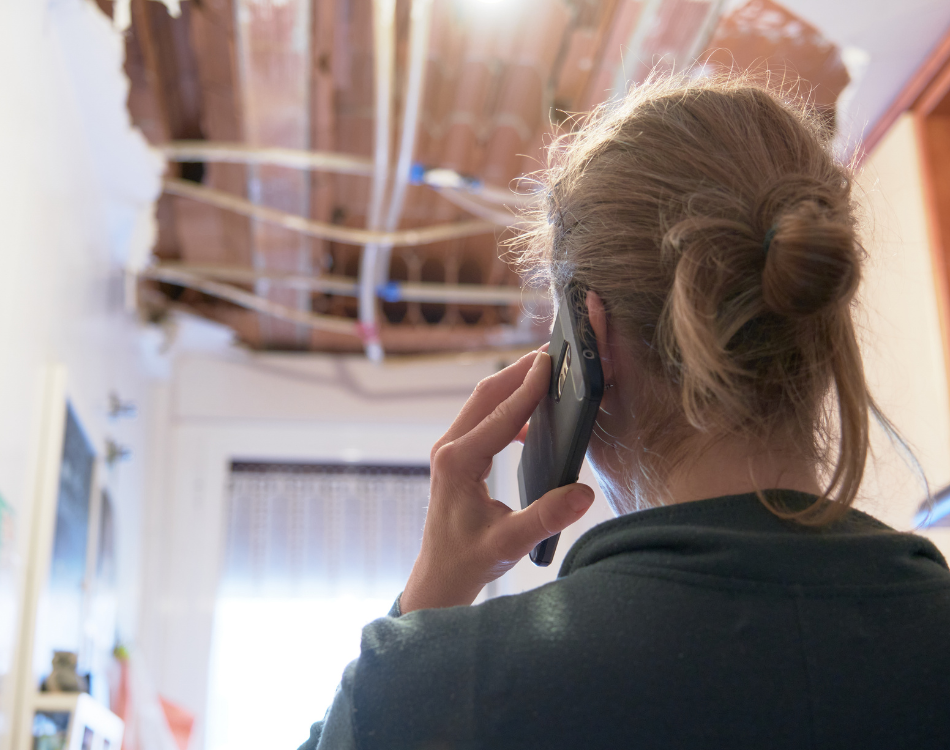
A natural disaster can cause catastrophic damage to both people and property. If your home or business is affected by a natural disaster, it can be overwhelming to think about what to do next and how to rebuild. To help ease your stress during this traumatic time, we’ve put together some tips to help you start the process of reconstruction. We sincerely hope that this information will be useful for anyone affected by a natural disaster.
Step 1: Use Caution Returning Home
It’s likely that you needed to evacuate if there was an event that caused damage to your property. Returning to your home or business can be emotionally taxing and you may want to immediately assess the damage. However, because some damage can’t be seen at first look, it’s important to use caution once you’ve been given permission to return to your property.
Upon arrival, make sure you check outside your home for cracks in the foundation or chimney and sagging in the roof. If the cracks are severe, or you suspect that a sagging roof may not hold, do not enter your home.
Another cautionary note – don’t force a door open if it’s jammed. It may be supporting your home’s structure and could cause more damage to you or the property if forced open.
Step 2: Contact Your Insurance Company
The next step is to contact your insurance company as soon as possible. They will be able to help you assess the damage and begin the process of reconstruction. In some cases, the insurance company may even be able to provide temporary housing.
Insurance companies will have varying processes for next steps, so it’s important to follow their instructions exactly to ensure that you are covered.
Step 3: Assess the Damage
Assessing the damage to your property will help you determine what needs to be repaired and what can be replaced. It is important to make a list of all of the damaged items, as well as their value. Be sure to thoroughly document the damage with photos or videos so that you have as much information to share as possible. Once you have a list of the damage, you can communicate this with your insurance company and begin to estimate the cost of repairs.
Your insurance company may have a specific process for what to look for when assessing repairs, make sure to follow their instructions so that you can accurately communicate what needs to be repaired.
Step 4: Work With A Restoration Company
If you are not able to repair your home or business on your own, you will need to work with a restoration company. It’s important to do your research to ensure that you are working with a reputable business. Choose a business like Tahoe Brothers Construction, who specializes in emergency restoration. Often these companies will manage your insurance claim and help you work with your insurance company to make the process more efficient and less stressful for you.
It’s also important to consider legality and permitting if your structure needs to be completely rebuilt. Work with an experienced restoration contractor who can accurately advise you on the permitting and regulations that you must comply with.
Step 5: Be Patient
Once you have selected a contractor, they will begin the process of repairing your home or business. This can be a lengthy process, so it is important to be patient. The contractor will likely need to order materials and schedule workers. In some cases, the reconstruction process may take months to complete.
During the reconstruction process, you may need to live in a temporary location. Insurance companies may provide options for temporary housing, so make sure you are aware of what your policy allows. Temporary housing can be a hotel, an apartment, or even a friend’s house. Whatever you choose, it is important to make sure that you have a place to stay while your home or business is being repaired.
Step 6: Apply for aid from government organizations.
Sometimes your insurance will not cover the entire cost of repairs. If this is the case, there are other resources that may be able to help.
For example, FEMA operates a Disaster Housing Program to help homeowners who have been forced out of their homes by disasters. This includes Disaster Home Repair Assistance, which provides grants to homeowners for minor but necessary disaster-related repairs. You can call the FEMA Disaster Helpline at 1-800-621-FEMA.
Additionally, the U.S. Small Business Administration makes low interest loans of up to $200,000 to homeowners to repair or replace damaged or destroyed real estate. It’s important to note: If you get a loan to pay for the work, be cautious about using your home as security. If you don’t repay the loan as agreed, you could lose your home. Consider asking an attorney to review the documents for you.
It’s also important to note that you can contact your mortgage servicer to let them know what happened. If you can’t make your payments, ask for options to help you adjust your payments so you don’t fall behind and incur fees or face foreclosure. Banks often have programs for this type of situation so don’t hesitate to ask what options are available for you.
Step 7: Seek Support
The emotional toll of a large loss can be significant. It is important to take care of yourself and your family during this time. Seek professional help if you feel like you are not able to cope with the situation.
Start Rebuilding!
Reconstruction after a large loss can be a difficult and stressful process. However, it is important to remember that things can be replaced and rebuilt. Try to stay positive and be patient. With the right help, your home or business can be rebuilt.
If your home or business has been damaged in Northern Nevada due to fire, flood, wind, or any other type of natural disaster, please contact us. We will help you navigate the process of rebuilding and work with your insurance company to manage your claim and ensure that repairs are done effectively and efficiently. We are here to help!
continue reading
Related Posts
Fire damage to your home can be devastating. To ease the stress, we've put together the basic next steps to help you start repairs.
Flooding can happen to anyone, even if you live in Nevada! Follow these steps to restore your home after a flood!
